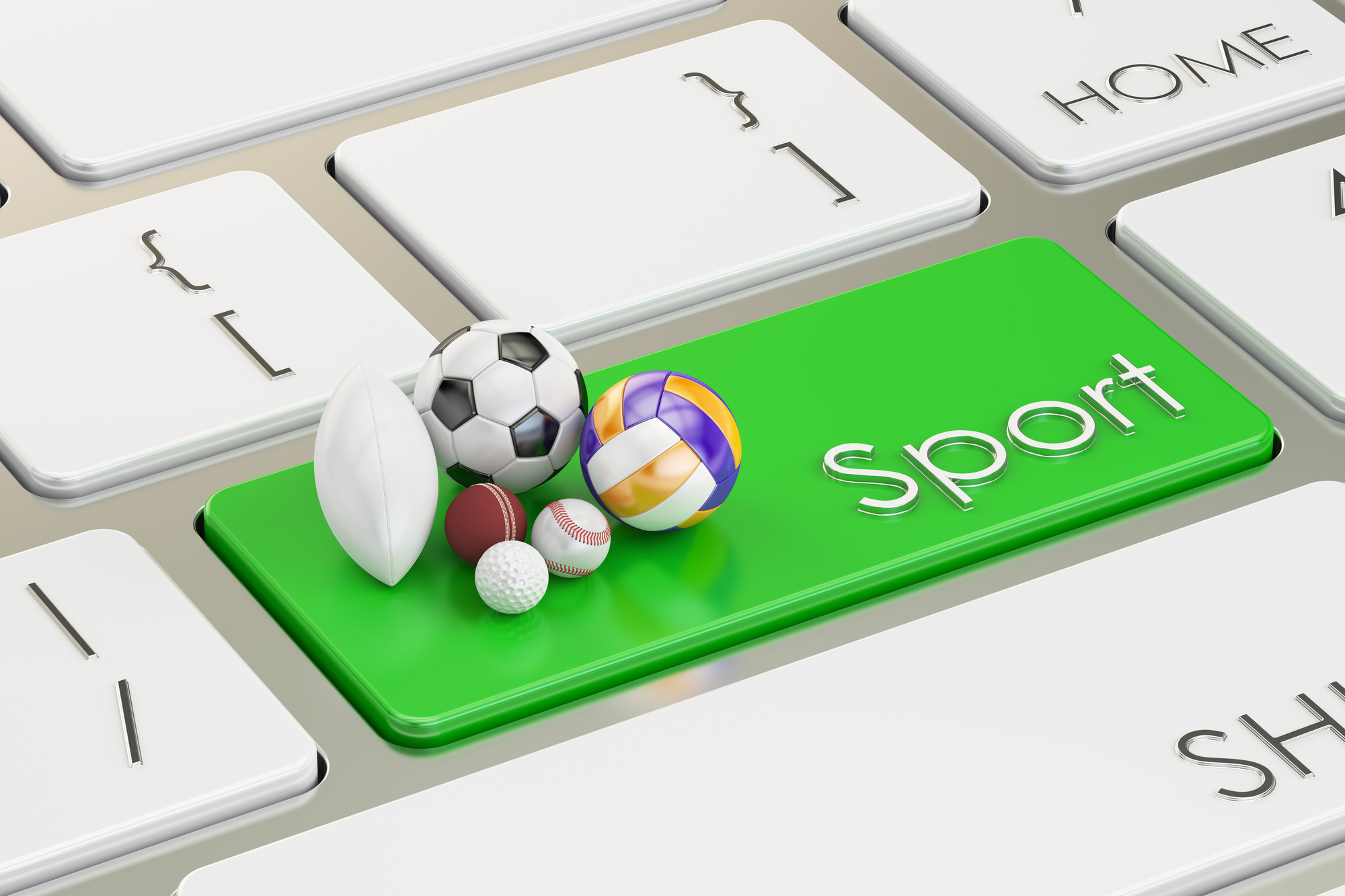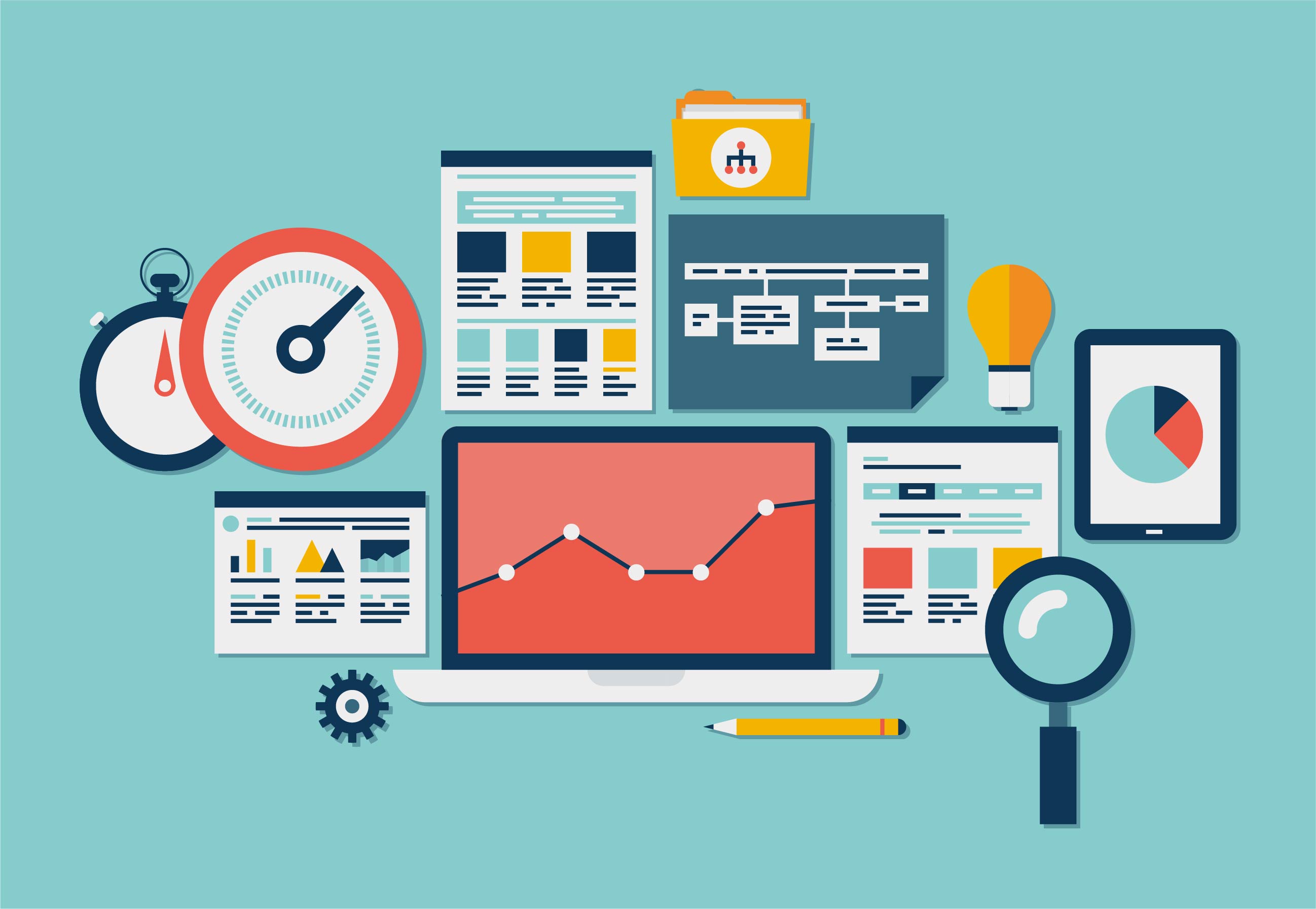Did you know that almost half of users expect web pages to load within two seconds?
That’s right – and 40% abandon sites that take more than three seconds to load.
It’s pretty clear that website speed is important, especially when it comes to driving conversions and making sales. If your site isn’t optimized to achieve the top speeds, you’ll lose half of your potential customers before they even get to look at your site.
Not cool.
To increase speeds, you’ll need to look at your hosting, the way your site is run, and certain behind-the-scenes settings, like compression and redirection.
Increasing site speed might sound complex, but it’s pretty simple once you know how.
Keep reading to find out exactly how to speed up your site – no experience necessary.
1. Choose the Right Hosting
Choosing the right hosting is huge when it comes to increasing speeds on your site.
If your hosting provider isn’t good enough, the rest of the tips in this list will make little difference to your speeds.
But how do you pick the right host?
Before you choose a company, you should get feedback from owners of sites similar to yours. Ask them what kind of speeds they’re getting, and whether or not they have speed issues during peak times.
You should also check the minimum site uptime, and look for a figure that’s higher than 99%. You don’t want your site to go down at a crucial moment.
Finally, look at how much bandwidth you’ll be allocated, and how many monthly users your server will be equipped to deal with. If it doesn’t look like enough, you’ll need to go elsewhere.
Hosting is key when it comes to getting good site speeds, so do your research and don’t just go for the first host you see.
2. Make Use of Browser Caching
Want to know how to speed up your site quickly and easily?
Keep reading.
Browser caching is a handy way to store parts of your site in the user’s browser, meaning that they don’t have to be reloaded each time they visit your site.
Less loading time for elements like images and headers means faster site speeds.
If you’re using WordPress, it’s easy to enable caching by downloading and activating a plugin. If your site is run by a developer, ask them to enable caching for you.
This step is doubly important if your site is particularly image-heavy.
3. Enable Compression
Gzip compression is a technology designed to boost site speeds by reducing the size of your pages.
When gzip compression is enabled, your pages could be up to 70% smaller, which makes them much faster at loading.
Many of the WordPress plugins designed to enable caching also allow you to enable gzip compression – all it takes is the push of a button.
Again, if your site is managed by a web developer, ask them to enable compression for you.
This is an excellent way to boost speeds on a large site without needing to make lots of time-consuming changes to your content.
4. Minimize Redirects
Every time a user clicks a link and has to wait to be redirected to another link, loading times for them are increased.
Maybe you’ve written an article about the Best Putters, with links to your recommended golf clubs. Ideally, each link should go directly to the source, with no time-consuming redirects in-between.
Perhaps you own multiple domain names, and find yourself setting up redirects to hold onto customers who are still using an old domain?
Doing this can keep you trapped in a vicious circle, as users will get used to the idea that they can access your site from multiple domains, and you’ll be forced to keep paying more.
Solve the problem by setting a time period for your site transfer, and letting customers know via your mailing list, banners on your site, and social media.
In the long term, you’ll increase site speeds and build a more coherent brand image.
5. Fix Broken Links
Is there anything worse than trying to browse a site and being plagued by broken links and 404 errors?
Actually, there is -having your site speed dramatically reduced by broken links.
When your site is full of broken links, multiple requests will be made to your server, reducing load times and frustrating customers. Many site owners don’t even realize they have broken links, so using an online checker is a smart move.
Fixing links doesn’t usually take long, but can make a huge difference to your loading times.
6. Reduce Number of Plugins
Do you download a new plugin every week?
When running a website, it can be easy to get carried away with plugins.
However, badly-made or unnecessary plugins are one of the biggest causes of poor site speeds, so they’re definitely worth looking at.
Go through your list of plugins, and make a note of what each one does. Next, see if there are any plugins which are serving the same purpose, or can be consolidated using one larger plugin.
If there’s anything you’re not using, go ahead and remove it.
When site speeds are particularly low and you can’t find a cause, try disabling your plugins one by one, then testing your site. If it speeds up suddenly, you’ve found the culprit.
Always check reviews before downloading new plugins to ensure they won’t damage your site speed.
7. Resize Images Before Uploading
Wondering how to speed up your image-heavy pages?
Do you upload massive images, thinking size doesn’t matter?
Stop right there.
Having a site that’s full of huge images is completely unnecessary, wastes space, and increases your load times. Resize images before uploading for an easy boost to your site speeds.
You’ll also have more storage space for other elements, so it’s a win-win!
How to Speed Up Your Site Effectively
Figuring out how to speed up your site doesn’t have to be hard.
Start by choosing the right host and being selective with the plugins you use. Enable caching and compression to boost speeds in a few clicks, and fix broken links and unnecessary redirects.
Before you know it, your sports site will be running as fast as your users!
Want to monitor your site’s uptime? Contact us today.




